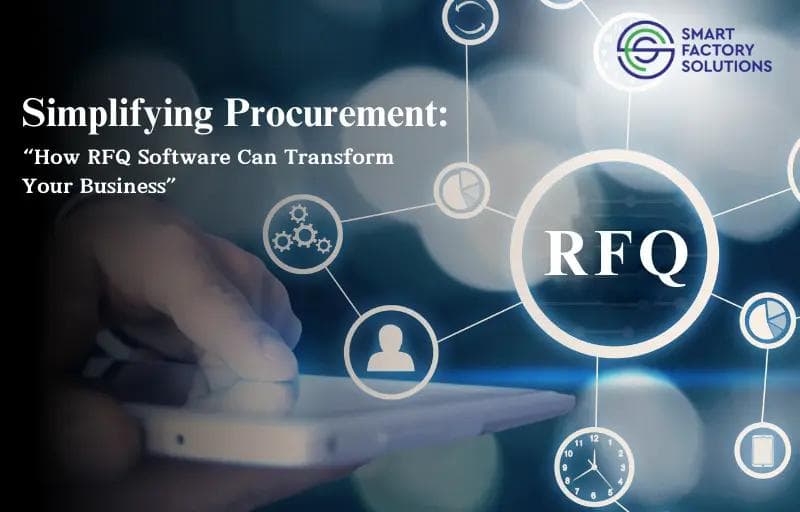Back
Navigating Success: The Best Product Costing Methods for Growth

In the fast-paced world of business, understanding product costs is fundamental to achieving long-term success. Accurate product costing not only informs pricing strategies but also guides decision-making related to production, budgeting, and overall business growth. This blog delves into various product costing methods, highlighting their strengths and weaknesses and providing guidance on how to choose the most suitable approach for your organization.
What is Product Costing?
Product costing refers to the process of calculating all expenses associated with producing a product. This encompasses both direct costs, such as raw materials and labour, and indirect costs, such as overhead. Having a solid grasp of product costs is vital for various reasons, including setting prices, analyzing profitability, and controlling costs.
Importance of Product Costing
- Pricing Decisions: Understanding costs allows businesses to set competitive prices while ensuring profitability. By knowing the total cost of production, companies can price their products strategically to cover expenses and achieve desired profit margins.
- Profitability Assessment: Knowing which products yield the highest margins can inform strategic decisions about resource allocation and product development. This information enables businesses to focus on their most profitable offerings, ultimately enhancing overall profitability.
- Budgeting and Forecasting: Accurate costing helps in creating realistic financial projections. With a clear understanding of costs, businesses can prepare budgets that reflect actual expenses, making it easier to plan for future growth and allocate resources effectively.
- Cost Control: Identifying and managing cost drivers enables businesses to enhance profitability. By monitoring product costs, companies can pinpoint inefficiencies, implement cost-saving measures, and improve operational efficiency.
- Decision-Making Support: Product costing provides critical data for various strategic decisions, including make-or-buy analyses, product line extensions, and discontinuation of unprofitable products. This data-driven approach helps businesses make informed choices that align with their long-term objectives.
- Performance Measurement: Accurate product costing allows businesses to measure performance against benchmarks and industry standards. This comparison can reveal areas for improvement and drive continuous enhancement in processes and profitability.
- Competitive Advantage: A well-structured product costing approach can offer a competitive edge. By understanding their cost structure better than competitors, businesses can position themselves more effectively in the market.
Common Product Costing Methods
Different businesses adopt various costing methods based on their operational needs, product types, and market conditions. Here are some of the most widely used product costing methods:
1. Job Order Costing
Overview: Job order costing involves assigning costs to specific jobs or batches. This method is particularly suited for businesses that produce customized products, such as construction companies, printing firms, or bespoke manufacturing operations.
Advantages:
- Transparency: Helps in pinpointing where costs are incurred.
- Customization: Each job is tracked individually, allowing for detailed insights into profitability.
Disadvantages:
- Time-Consuming: Requires meticulous record-keeping and tracking of costs associated with each job.
- Complexity: Managing multiple jobs simultaneously can complicate accounting processes.
Best Suited For: Businesses that deal with customized orders or projects, such as contractors or specialized manufacturers.
2. Process Costing
Overview: Process costing averages costs over a large number of identical products. It is commonly used in industries where products are mass-produced, such as food processing, chemicals, and textiles.
Advantages:
- Simplicity: Easier to implement and manage compared to job order costing.
- Efficiency: Cost averages are beneficial for high-volume production.
Disadvantages:
- Less Detail: Difficult to assess the profitability of individual products.
- Homogeneity Assumption: Works best only when products are identical, which may not always be the case.
Best Suited For: Industries engaged in mass production, such as food and beverage or consumer goods manufacturing.
3. Activity-Based Costing (ABC)
Overview: Activity-based costing allocates costs based on activities that drive costs rather than simply spreading them over products. This method provides a more accurate view of profitability, especially in complex environments.
Advantages:
- Accuracy: Offers detailed insights into cost drivers, helping allocate resources more effectively.
- Informed Decision-Making: Identifies opportunities for cost reduction and process improvement.
Disadvantages:
- Complexity: Involves detailed data collection and analysis, which can be resource intensive.
- Higher Implementation Costs: Setting up an ABC system can require significant investment in time and resources.
Best Suited For: Businesses with diverse product lines and complex overhead structures, such as manufacturing firms with varied production processes.
4. Standard Costing
Overview: Standard costing assigns expected costs to products based on historical data and industry norms. Variances between actual costs and standard costs are analyzed for decision-making.
Advantages:
- Ease of Budgeting: This makes it easier to create budgets and forecasts since costs are predetermined.
- Variance Analysis: Helps in identifying inefficiencies and areas needing improvement.
Disadvantages:
- Potential for Obsolescence: Standards must be regularly updated to reflect current conditions accurately.
- Inflexibility: Less effective in dynamic environments where costs fluctuate frequently.
Best Suited For: Businesses with stable production processes and predictable costs, such as manufacturers of standard products.
5. Direct Costing
Overview: Direct costing focuses solely on variable costs related to production while ignoring fixed overheads. This method is often used in cost-volume-profit (CVP) analysis.
Advantages:
- Simplicity: Easier to calculate and understand, making it accessible for various stakeholders.
- Focus on Contribution Margin: Helps evaluate how much each product contributes to covering fixed costs and generating profit.
Disadvantages:
- Oversimplification: This can lead to misleading profitability assessments by ignoring fixed costs.
- Limited Applicability: Not suitable for all industries, particularly those with significant fixed costs.
Best Suited For: Businesses seeking quick insights into product profitability, particularly in situations where variable costs are predominant.
How to Choose the Right Costing Method
Selecting the appropriate product costing method involves several considerations:
1. Nature of Your Business
- Custom vs. Standard Production: For businesses producing custom products, job order costing is ideal. In contrast, process costing fits mass production scenarios.
2. Complexity of Operations
- Diverse Products: Companies with a wide range of products may benefit from activity-based costing for their accuracy and detail.
3. Cost Structure
- High Fixed Costs: Businesses with substantial fixed costs should consider costing methods that account for these, such as standard costing or direct costing.
4. Management Goals
- Profitability Focus: If understanding individual product profitability is crucial, methods like job order costing or ABC may be more beneficial.
Steps to Implement Product Costing Methods
Once you have chosen the proper costing method, the next step is practical implementation. Here are essential steps to consider:
1. Data Collection
Accurate data collection is the foundation of effective product costing. Ensure you have reliable information regarding materials, labour, and overhead costs. This might involve upgrading accounting systems or investing in technology to facilitate data collection.
2. Staff Training
Training your team on the chosen costing method is vital for successful implementation. Ensure your accounting and operations teams are equipped with the knowledge and skills needed to execute the technique effectively.
3. Regular Review and Adjustment
Product costing is not a one-time activity. Regularly review and adjust your costing method based on changes in market conditions, production processes, and business strategies.
4. Leverage Technology
Utilize accounting software that supports your chosen costing method. Automation can streamline data collection, enhance accuracy, and provide real-time reporting, making it easier to track costs.
Best Practices for Effective Product Costing
To maximize the benefits of your product costing method, consider these best practices:
1. Integrate Costing with Financial Planning
Ensure that your product costing process is closely aligned with your overall financial planning. This alignment will help in making informed decisions and achieving strategic objectives.
2. Communicate Across Departments
Encourage communication between departments, such as accounting, operations, and sales. Collaboration can provide valuable insights into costs and help identify areas for improvement.
3. Focus on Continuous Improvement
Product costing should evolve as your business grows. Regularly assess your costing methods and processes, seeking opportunities for refinement and optimization.
4. Stay Informed About Industry Trends
Keeping abreast of industry trends and developments can provide insights into best practices and innovations in product costing. This knowledge can inform your strategies and enhance competitiveness.
Conclusion
Navigating the complexities of product costing is essential for any business aiming for sustainable growth. By understanding various costing methods and carefully selecting the one that aligns with your operational needs, you can enhance your pricing strategies, improve profitability, and make informed decisions that drive your organization forward.
The right product costing method will provide deeper insights into your operations, enabling you to navigate the path to success with confidence. As you continue to adapt to a dynamic marketplace, maintaining a clear understanding of your product costs will be vital to unlocking new opportunities for profitability and expansion. Ultimately, effective product costing is not just about numbers; it’s about empowering your business to thrive in an ever-changing landscape.



